Thank you for buying my eBook! I hope you enjoy it and please take advantage of this special offer for my online chess course: https://www.udemy.com/chess-from-beginner-to-advanced-at-warp-speed/?couponCode=CHESSMASTER
Table of Contents
Introduction: Chess is a wonderfully complex and challenging game that has been around since the 6 th century CE. It is also a sport that can be enjoyed by people of all ages and backgrounds, especially in this digital age in which we are living when you can easily log in to a computer and instantly begin a game with someone halfway across the globe. When you first learn how to move the pieces, it may feel like you have already digested quite a lot of information and struggle to remember the basics of the game. But learning how the pieces move is only the very first step in a long journey to understand the game of chess. In this book we start by introducing slightly more advanced concepts than a beginner is typically familiar with such as how to make wise captures, simple checkmates, an introduction to tactics, and important openings that every chess player must know. This very system has been used to train thousands of players from a beginner to an advanced level over the course of my chess teaching career.
Now you have the opportunity to go through a process that has been proven to produce strong chess players in a very short period of time and with more ease than any chess training system that exists. By the end of the book, if you have worked through the entire volume, you will be ready take on stronger chess competition and continue onto the more advanced stages of chess training, which I cover in my next book, Chess: From Beginner to Advanced at Warp Speed Volume II I am excited for you to begin your training and take the next step on the amazing journey that we can all enjoy, as fellow chess players and students!
Lesson 1: MAKING A WISE CAPTURE
Welcome back to the wonderful and fun world of chess! Now that you know about the rules and how all the chess pieces move, it is time to learn some tricks on how to play better and win! It is generally a good idea to capture the opponents pieces if it is for free. For example, if you can capture your opponents Bishop with your Rook, and your opponent is not able to capture your Rook back, it is a good deal. However, if on the next turn, your opponent could capture your Rook back then the same idea would not be good for you. The reason is a Rook is a more valuable piece (5 points) than a Bishop (3 points).
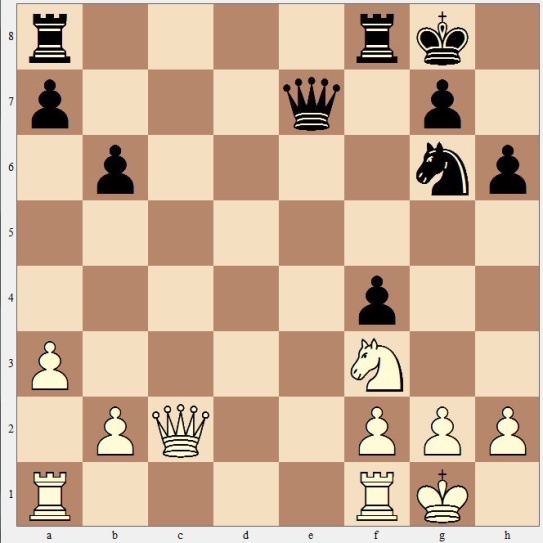
In the example above, Black played Qe7 to c5.

In the example above, Black played Qe7 to c5.
The idea is to attack the White Queen on c2. However, it is a BAD move. Black has no problem if White would capture the Black Queen (on c5). That would be just a simple even trade as the Black Pawn from b6 could immediately recapture (the White Queen on c5). The problem for Black is the Knight on g6 is unprotected . Therefore, Whites best move is Qxg6 winning a Knight for free.
White also has the option to check the Black King with Qb3+. However, Black could simply get out of the check with the King to h7 or h8 and at that point the Knight on g6 would no longer be in any danger. So what is the final verdict? Whites best option would be Qxg6. It is much better than either Qxc5 or Qb3+ because both would miss the opportunity to win a piece for free. Therefore, in the starting position instead of playing Qe7-c5, Black should have either moved the Knight to a safe square or protect it with another piece. 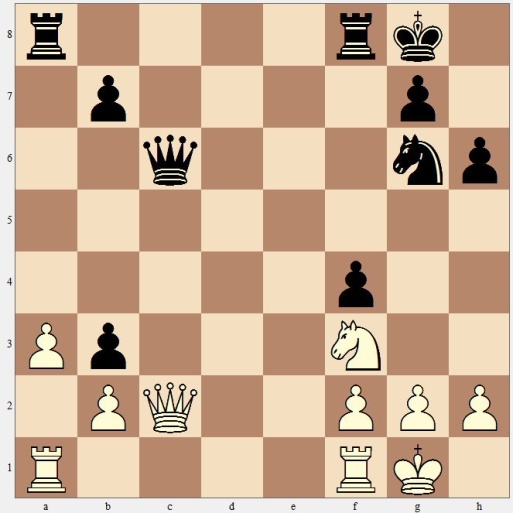 At the first look this position is very similar to the last one.
At the first look this position is very similar to the last one.  At the first look this position is very similar to the last one.
At the first look this position is very similar to the last one.
However, there are some major differences. In this position, Black is again offering to exchange Queens, this time on c6 and not on c5. The reason why this is an important difference is now the Black Queen (on c6) is protecting the Knight on g6! Therefore, Qxg6 now would be a big mistake (a blunder), as on the very next move Black could capture the White Queen on g6. This means that White loses a Queen (a 9 point piece) for only a Knight (a 3 point piece), which is a net loss of 6 points. Again, White has the option to capture the Black Queen but that would be simply a trade after Black recaptures with the Pawn on b7 to c6 (bxc6). Therefore, the best option White has here is to capture the Pawn on b3 for free.
Even though it is only a Pawn, you have to value any advantage you can get. Lets look at the next position where the White Knight has the option to capture one of three Black pieces. 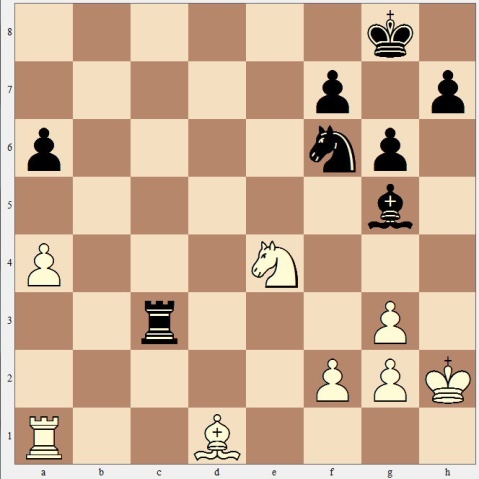 Which piece should White capture, the Knight on f6, the Bishop on g5, or the Rook on c3? The Knight is not a free piece as it is protected by the Bishop on g5. The Bishop could be captured for free but that is only the second best option as the Rook is a more valuable piece. Therefore, Nxc3 is the correct answer.
Which piece should White capture, the Knight on f6, the Bishop on g5, or the Rook on c3? The Knight is not a free piece as it is protected by the Bishop on g5. The Bishop could be captured for free but that is only the second best option as the Rook is a more valuable piece. Therefore, Nxc3 is the correct answer. 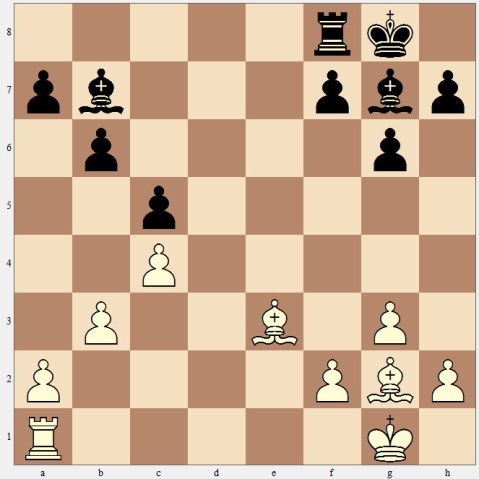 If White captures the Black Bishop on b7 (Bg2xb7), no Black piece can capture that White Bishop.
If White captures the Black Bishop on b7 (Bg2xb7), no Black piece can capture that White Bishop.  If White captures the Black Bishop on b7 (Bg2xb7), no Black piece can capture that White Bishop.
If White captures the Black Bishop on b7 (Bg2xb7), no Black piece can capture that White Bishop.
However, Black can capture a different piece which is more valuable, the Rook on a1, with the Bishop on g7. Therefore, it is best for White to move the Rook from a1 to a safe square such as d1. 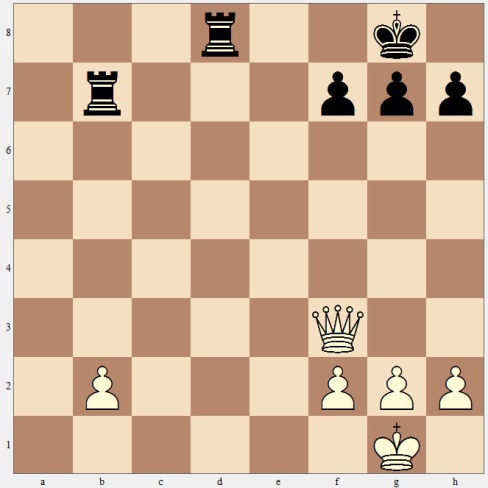 In the example above, White has the option to capture the Black Rook on b7. It seems that it is for free. However, there is a BIG problem if White does that. Black can checkmate White in one move by moving the Rook from d8 to d1! The safety of your King should always come first.
In the example above, White has the option to capture the Black Rook on b7. It seems that it is for free. However, there is a BIG problem if White does that. Black can checkmate White in one move by moving the Rook from d8 to d1! The safety of your King should always come first.
Winning material is secondary!
Lesson 1 Test
1-2. In the following positions, which White piece can Black capture for free?
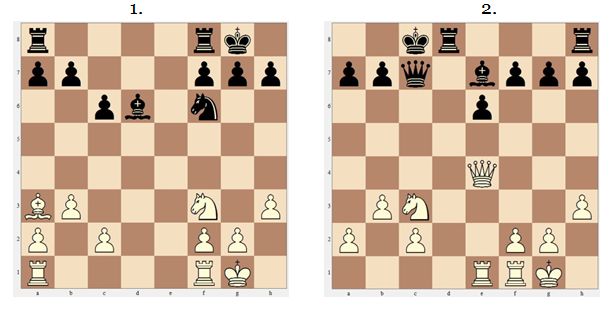
3-4. In the next two examples, which Black piece should White capture to win the most material?
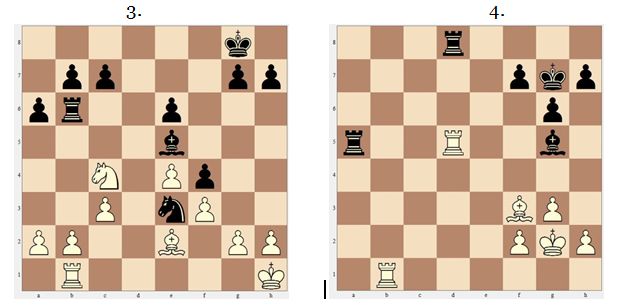
5-8. In the four positions below, what is the move for White that wins the most material?
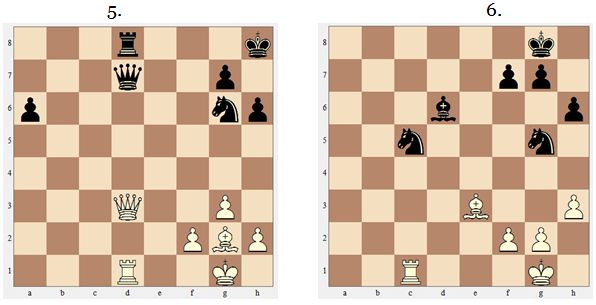
 Next page
Next page
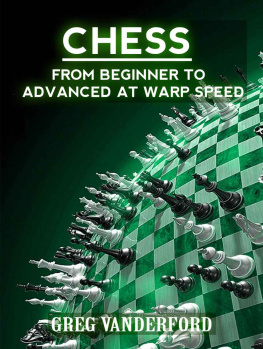
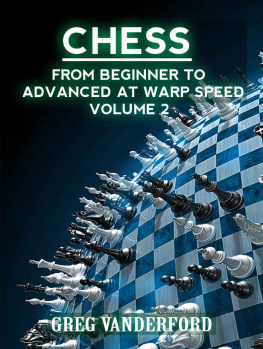

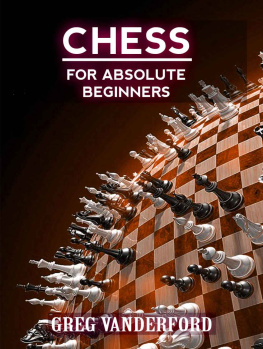

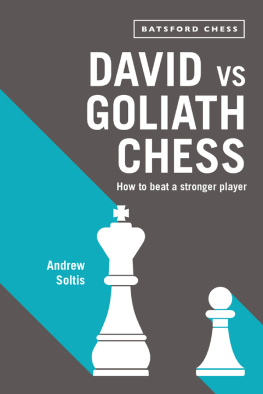
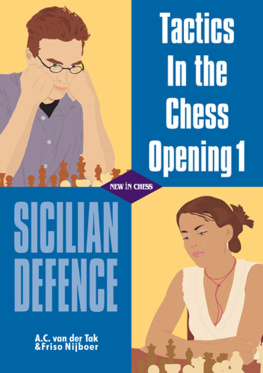
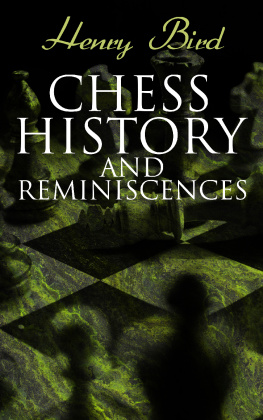
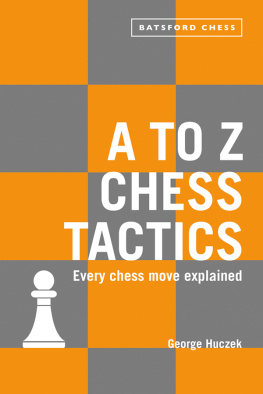
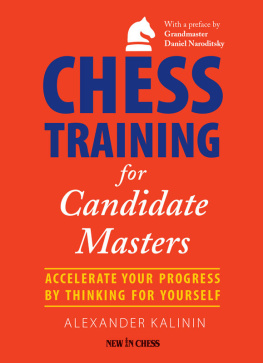
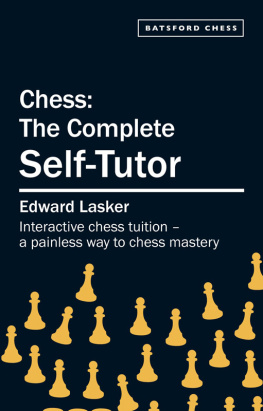

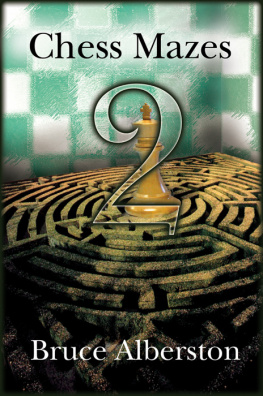


 At the first look this position is very similar to the last one.
At the first look this position is very similar to the last one.  Which piece should White capture, the Knight on f6, the Bishop on g5, or the Rook on c3? The Knight is not a free piece as it is protected by the Bishop on g5. The Bishop could be captured for free but that is only the second best option as the Rook is a more valuable piece. Therefore, Nxc3 is the correct answer.
Which piece should White capture, the Knight on f6, the Bishop on g5, or the Rook on c3? The Knight is not a free piece as it is protected by the Bishop on g5. The Bishop could be captured for free but that is only the second best option as the Rook is a more valuable piece. Therefore, Nxc3 is the correct answer.  If White captures the Black Bishop on b7 (Bg2xb7), no Black piece can capture that White Bishop.
If White captures the Black Bishop on b7 (Bg2xb7), no Black piece can capture that White Bishop.  In the example above, White has the option to capture the Black Rook on b7. It seems that it is for free. However, there is a BIG problem if White does that. Black can checkmate White in one move by moving the Rook from d8 to d1! The safety of your King should always come first.
In the example above, White has the option to capture the Black Rook on b7. It seems that it is for free. However, there is a BIG problem if White does that. Black can checkmate White in one move by moving the Rook from d8 to d1! The safety of your King should always come first. 3-4. In the next two examples, which Black piece should White capture to win the most material?
3-4. In the next two examples, which Black piece should White capture to win the most material?  5-8. In the four positions below, what is the move for White that wins the most material?
5-8. In the four positions below, what is the move for White that wins the most material? 
